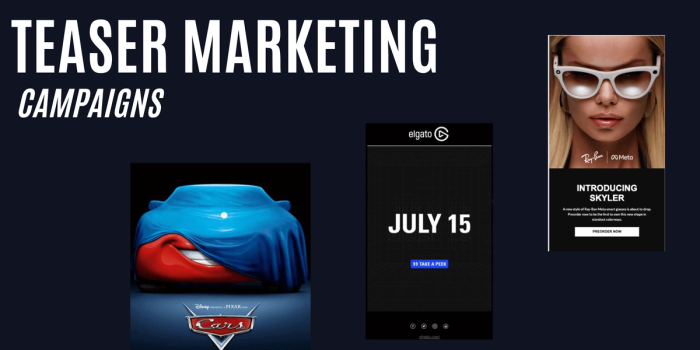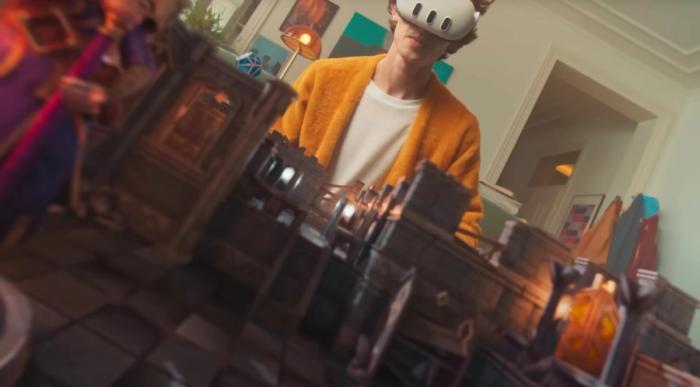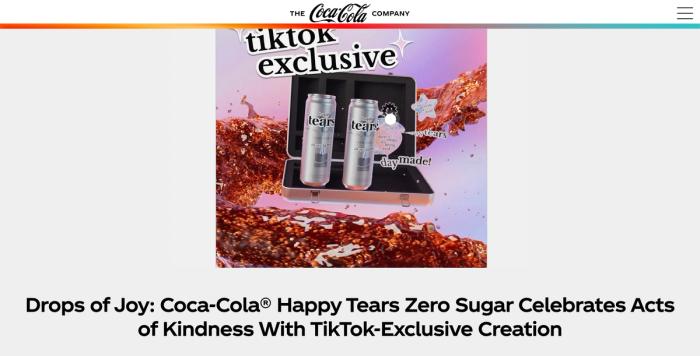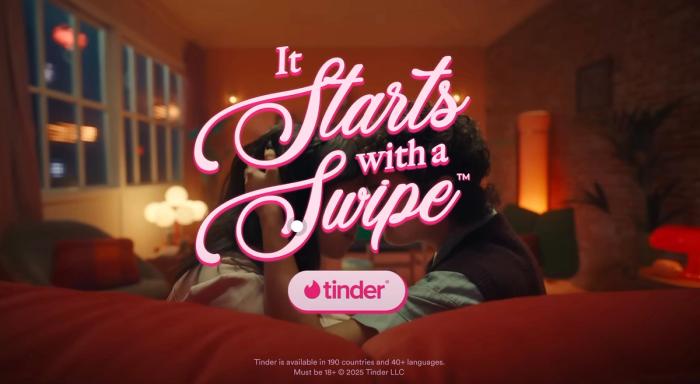The Secret Psychology That Makes Teaser Marketing So Powerful
Everyone in their life has at least once gotten excited after seeing a movie teaser that hypes the film and builds anticipation. This expectation is the answer to the question: what is teaser marketing. To be more precise: "Teaser marketing" refers to a marketing strategy that doesn’t reveal the product or service fully at once but instead announces its features and details gradually over time.
Teaser marketing targets curiosity and excitement, and it can be carried out through email marketing, social media, or broadcast advertisements. Companies may also offer a limited number of discounted products or early-bird benefits to increase engagement.

But, what teaser campaigns do why do they work? Teaser marketing makes audiences feel included in a secret or story, build suspense, and engage curiosity, offering an interactive experience that keeps people coming back for more clues and updates. This can be done through several types of media like videos, graphics, soundbites, social media posts, or emails.
Explaining teaser marketing with psychology and examples
1. Curiosity Gap
Theory suggests that humans have a natural desire to close knowledge gaps. When something is partly revealed but not fully explained, it creates cognitive tension creating expectation and affecting the purchase decision.
Teaser ads give a hint about a product (a logo fragment, a short clip, a cryptic message) but withhold full information, motivating people to seek out the missing details.
2. Zeigarnik Effect
People remember incomplete tasks or interrupted experiences better than completed ones.
Teaser marketing campaigns leave the “story” unfinished. Audiences keep thinking about the brand because their brain wants closure, making them more likely to follow the campaign until the final reveal.
3. Anticipation & Dopamine Release
Anticipation of a reward activates the brain’s dopamine system, sometimes even stronger than receiving the reward itself.
Teaser campaigns stretch out the excitement. By giving small clues or countdowns, brands sustain dopamine-driven engagement before launch.
4. Emotional Arousal & Suspense
Suspense makes experiences more emotionally intense and memorable.
Teasers use suspenseful storytelling, music, or visuals to heighten emotional involvement, making the eventual reveal more impactful.
5. Scarcity & FOMO (Fear of Missing Out)
Limited access, exclusivity, or the feeling that others might get ahead triggers motivation to engage.
Phrases like “Something big is coming”, countdown timers, or limited previews push audiences to pay attention so they don’t “miss” the reveal.
6. Social Contagion & Collective Curiosity
People are influenced by what others are talking about. Curiosity spreads socially.
Teasers often spark speculation on social media, discussion forums, and word-of-mouth, making the mystery more engaging because everyone is trying to guess together.
Examples of Successful Teaser Marketing Campaigns
1- Meta Quest (Oculus Quest)
A teaser video mixing traditional fun with futuristic VR gaming experiences, highlighting immersion levels. It garnered over half a million views on YouTube, effectively grabbing attention by showing surprise and excitement about the new standalone VR device.

2- Coca-Cola “Happy Tears”
A limited-edition product campaign combined with a social media call for nominations about "happy tears," creating emotional storytelling and exclusivity. It led to selling out in 24 hours and achieving over 2 billion impressions on social platforms.

3- Tinder “It Starts with a Swipe”
A rebranding teaser campaign featuring real couples and Gen Z influencers that repositioned Tinder towards longer-term relationships. It resulted in a significant increase in female sign-ups and earned four Effie Awards.

4- Apple iPhone Teasers
Minimalist teaser ads with close-ups of new features such as the camera lens combined with the Apple logo and simple taglines. This approach builds strong anticipation while reinforcing brand identity through simplicity.
5- Nike Product Teasers
Using vibrant colors, bold typography, and action-oriented visuals to hint at new sneaker launches with taglines like “The Future of Fast,” keeping brand identity focused on athleticism and energy.
6- GUESS teaser email campaign
Clean, elegant emails announcing new services or arrivals without overwhelming details, driving curiosity and website visits.
Channels Showing The Highest Engagement for Teaser Marketing
- Social Media Platforms: Facebook, Instagram, TikTok, Twitter, and Snapchat are top channels for teaser ads due to their large active user bases and targeting capabilities. Short teaser clips, hashtags, stories, polls, and interactive features on these platforms drive high engagement by enticing shares, comments, and anticipation.
- YouTube: Especially effective for video teasers using TrueView ads, bumper ads, and influencer collaborations. YouTube's huge viewership and video format make it excellent for generating buzz and engagement around new product or content launches.
- Email Marketing: Teaser emails with intriguing subject lines and compelling visuals boost open rates and clicks, engaging existing customers and prospects directly.
- Influencer Marketing: Partnering with influencers who share teaser content with their followers brings credibility and engagement due to their trusted relationships with audiences.
- Paid Ads on Google, Facebook, Instagram, and TikTok: Targeted paid campaigns on these platforms maximize reach and engagement by aligning teasers with audience interests and behaviors.
Did you know you can create your own teaser email marketing campaign in seconds? Tabular is a drag-and-drop email builder that lets users create high-performing, reliable email templates quickly with its easy-to-use drag-and-drop editor. Try Tabular for free.